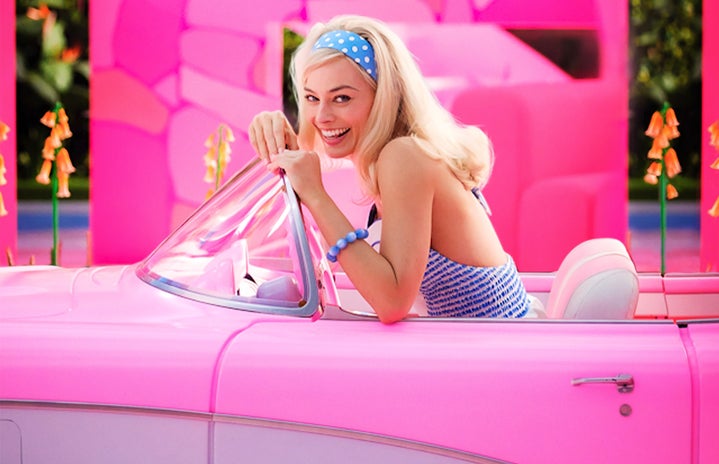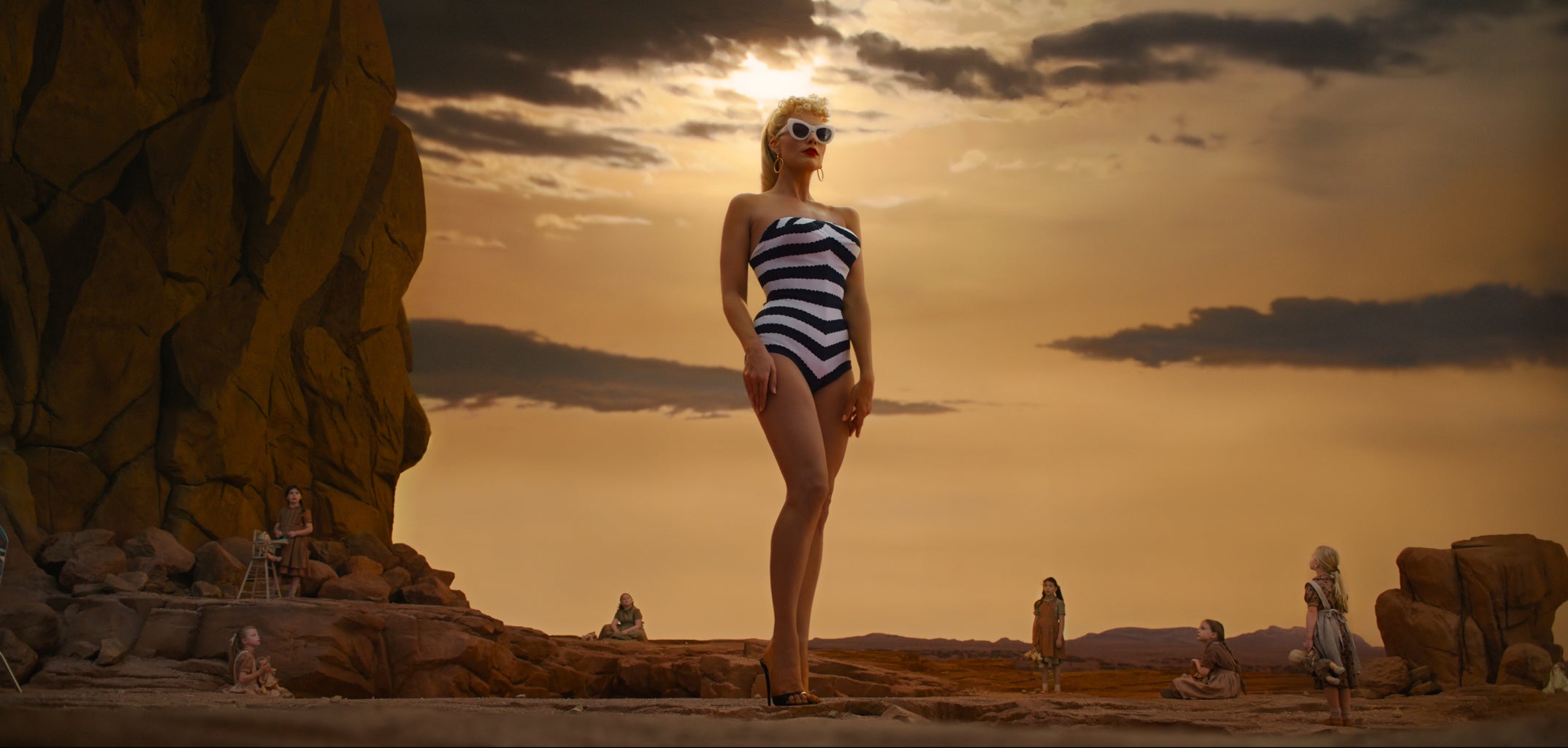This July, we are finally getting a Barbie movie. From being in development for over 13 years to landing in the directorial hands of Greta Gerwig, the movie seems to deliver exactly what you would expect; different shades of pink, numerous iconic outfits, an array of Kens and, of course, a ton of Barbies. However, have you ever asked yourself where Barbie came from? Or how she became the pinnacle of children’s toys?
It all started in 1959 when founder Ruth Handler introduced Barbie to the world and she quickly became a cultural icon and one of the most popular toys in the history of humankind. Handler was inspired to create Barbie after observing her daughter, Barbara, playing with toy choices that were extremely limited.
She could only play out being a mom or caregiver, whereas Handler’s son had toys that allowed him to imagine himself as a firefighter, astronaut, doctor and more. This inspired Ruth to create a doll that showed girls they had choices, that they could be anything and do anything they could imagine and set their minds to. She named the doll after her daughter and designed her with a curvier figure, long blonde hair and blue eyes as opposed to the childlike babydoll design popular of the day.
In other words, Barbie was an independent woman. The first Barbie doll was sold for three dollars and wore a black-and-white striped swimsuit and her signature ponytail, a design seen in the live-action movie trailer on Margot Robbie.
Over the years, Barbie has evolved and expanded to include a wide range of careers, interests and identities. With arguably the best resume on Planet Earth, Barbie has tried out just about every career and activity from her time as a doctor and astronaut (years before the moon landing, thank you) to a rock star and presidential candidate, all at an aim of reflecting changing cultural attitudes and breaking down gender stereotypes.
Before women were even allowed to open their own bank accounts, Barbie bought her first Dreamhouse in 1962, thus representing women in new ways. With her determination and resilience, Barbie was steadily becoming a symbol of independence and empowerment to girls and women around the world.
Barbie even had a say in support of the Civil Rights Movement. In 1968 Barbie released Christie, one of the first Black dolls on the market. Created as a friend of Barbie, she came dressed in a mod-inspired swimsuit with a short ’60s hairstyle and a dark complexion. The 1980s marked the release of the first diverse dolls to be named Barbie.
Over the years, many dolls of varying ethnic and cultural backgrounds were available, but they were always marketed as friends of Barbie. However, in 1980, Mattel released the first Black and Hispanic dolls with the iconic name.
Barbie has added influencer, blogger, fashion icon and inclusivity agent to the list. In 2016, to better reflect the world girls are seeing around them today, Barbie introduced three new body types to their collection; curvy, petite and tall. The launch of the new body types landed Barbie on the cover of Time magazine and in the hands of a diverse set of girls around the world.
In 2023, Barbie remains a beloved and iconic doll, inspiring generations of girls and women to dream big and is starring in her first live-action film. What can’t Barbie do?




